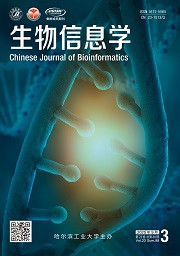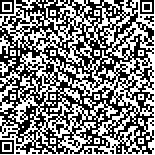| 引用本文: | 谢兵,苏波,刘宁.HDGICN:一种基于图卷积网络的癌症驱动基因识别方法[J].生物信息学,2025,23(2):111-121. |
| XIE Bing,SU Bo,LIU Ning.HDGICN: A graph convolutional network based method foridentifying cancer driver genes[J].Chinese Journal of Bioinformatics,2025,23(2):111-121. |
|
| 摘要: |
| 近年来,针对癌症的大量研究,积累了海量的多组学数据,这些数据为高效鉴定癌症驱动基因提供了可能;本研究提出了一种基于深度图信息最大化的异亲图卷积网络(Heterophilic deep graph information maximization convolutional network, HDGICN)模型用于识别癌症驱动基因,HDGICN首先整合了图信息最大化和个性化PageRank算法对异亲生物分子网络的基因节点进行特征增强,然后通过整合了双重残差结构的分层混合图卷积来学习异亲生物分子网络上的基因特征,最后根据预测得分来识别癌症驱动基因;实验结果显示,在三个异亲生物分子网络上,HDGICN的受试者工作特性曲线下面积(Area under receiver operating characteristic, AUROC)和精确率-召回率曲线下面积(Area under the precision-recall curve, AUPRC)均优于其他传统方法,消融实验结果进一步表明本方法有助于提升预测性能。HDGICN方法在异亲生物分子网络上能够有效识别出癌症驱动基因,可以为实现癌症的精准治疗和生物标志物的发现提供重要帮助。 |
| 关键词: 癌症驱动基因 图信息最大化 异亲网络 图卷积网络 |
| DOI:10.12113/202308001 |
| 分类号:TP183 |
| 文献标识码:A |
| 基金项目: |
|
| HDGICN: A graph convolutional network based method foridentifying cancer driver genes |
|
XIE Bing, SU Bo, LIU Ning
|
|
(School of Computer Science and Technology, Southwest University of Science and Technology, Mianyang 621010, Sichuan,China)
|
| Abstract: |
| In recent years, extensive research efforts on cancer has accumulated a massive amount of multi-omics data, providing opportunities for efficient identification of cancer driver genes. In this study, we propose a novel Heterophilic Deep Graph Information Maximization Convolutional Network (HDGICN) model for cancer driver gene identification. HDGICN integrates graph information maximization and Personalized PageRank algorithm to enhance gene node features in heterophilic molecular networks. Subsequently, a hierarchical mixture of graph convolutions with dual residual structures is employed to learn gene features on heterophilic molecular networks. Finally, cancer driver genes are identified based on prediction scores. Experimental results on three heterophilic molecular networks demonstrate that HDGICN outperforms traditional methods in both Area Under Receiver Operating Characteristic (AUROC) and Area Under the Precision-Recall Curve (AUPRC). Further ablation experiments validate the methods effectiveness in improving predictive performance. HDGICN proves effective in identifying cancer driver genes on heterophilic molecular networks, offering valuable support for precision cancer treatment and biomarker discovery. |
| Key words: Cancer driver genes Graph information maximization Heterophilic network Graph convolutional network |






